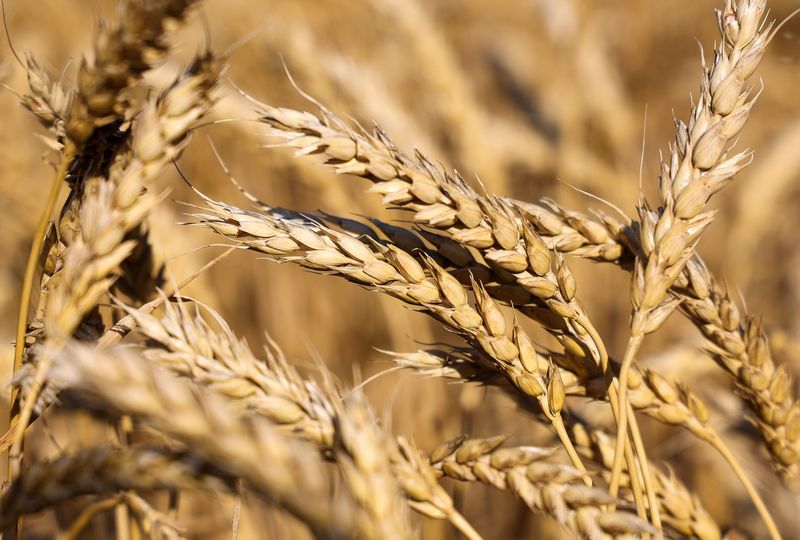Western Australia expects record grain harvest

The Grain Industry Association of Western Australia (GIWA) has raised its forecast for the state’s 2025/26 grain crop, which is set to be a record for the state. The association said the total grain harvest in Western Australia is set to reach record levels thanks to favourable weather conditions and higher-than-expected yields. The news could have a ripple effect on global markets, putting pressure on prices due to oversupply.
In particular, GIWA has revised its wheat production forecast up to 13.1 million tonnes, up 420,000 tonnes from its previous estimate. Barley is now forecast at 7.5 million tonnes (up 200,000 tonnes) and canola at 4.3 million tonnes (up 480,000 tonnes). These figures are above the averages of the last five years: for wheat – 11.2 million tons, barley – 5.2 million tons, canola – 2.8 million tons. Compared to the previous season 2024/25, the increase will be 5% for wheat, 27% for barley and as much as 50% for canola.
The reasons for such an optimistic forecast are in favorable weather conditions during the spring. “Initial figures at the beginning of the harvest indicate that yields exceed expectations, and in many parts of the grain belt are significantly exceeding pre-harvest estimates,” GIWA said. Mild temperatures contributed to record yields in areas with sufficient moisture, while dry areas still achieved average results. Barley and canola quality are high, wheat – mixed across the state.
Western Australia, Australia’s largest grain exporter, is a key player in the global market. The country’s total wheat harvest is forecast at 35.7 million tonnes, the third-largest on record. The oversupply has already sent futures on the Chicago Board of Trade to a five-year low last month, although prices have recovered somewhat. Experts expect the Australian “boom” to add to global price pressures, affecting farmers and traders around the world.
The record harvest not only strengthens Australia’s position as a leading supplier of grains and canola, but also highlights the resilience of the Australian agricultural sector to climate challenges. GIWA says the harvest is ongoing and final figures could rise. For global markets, it signals a possible price decline, which could be both a challenge and an opportunity for importers.
Write to us
Our manager will contact you soon



